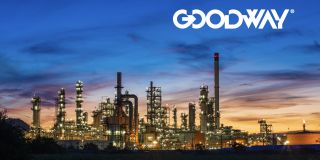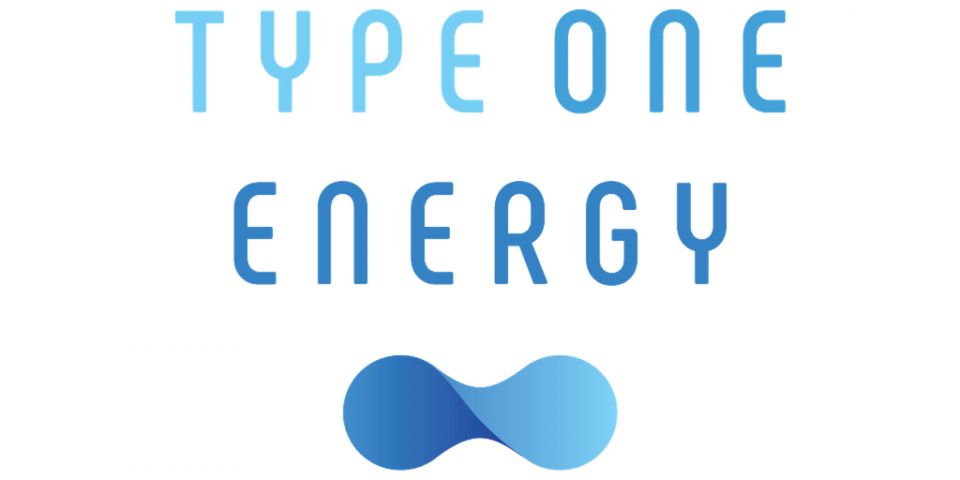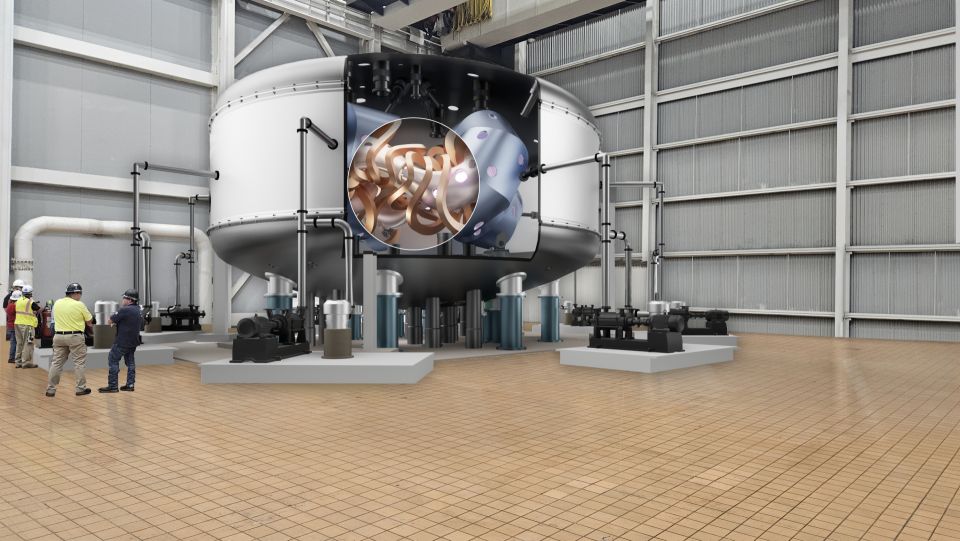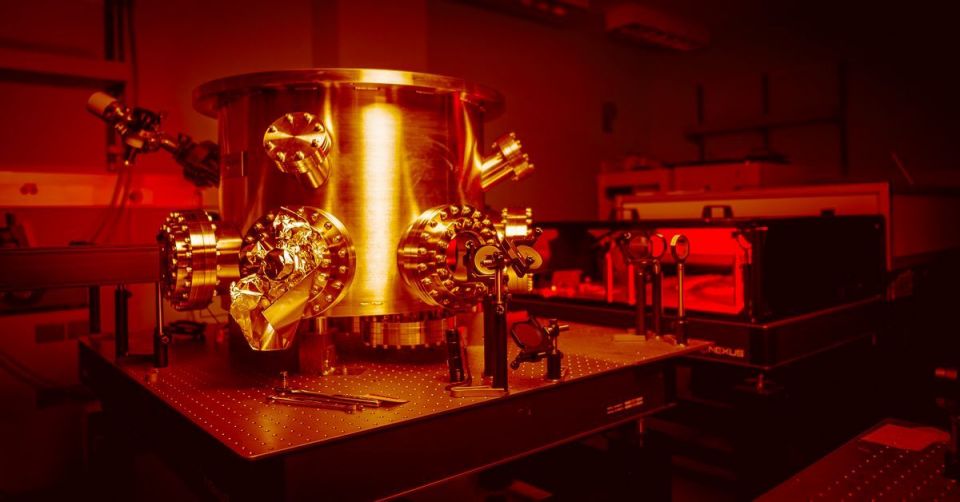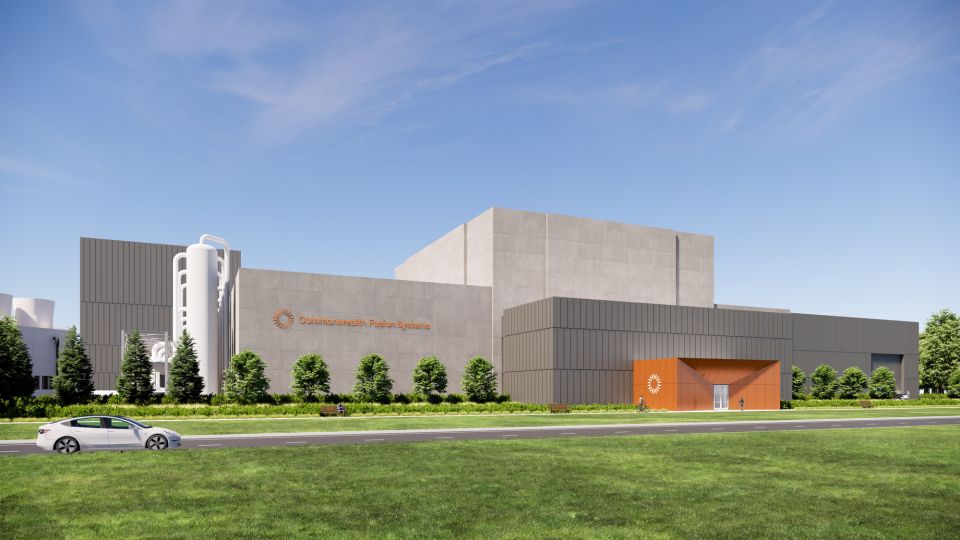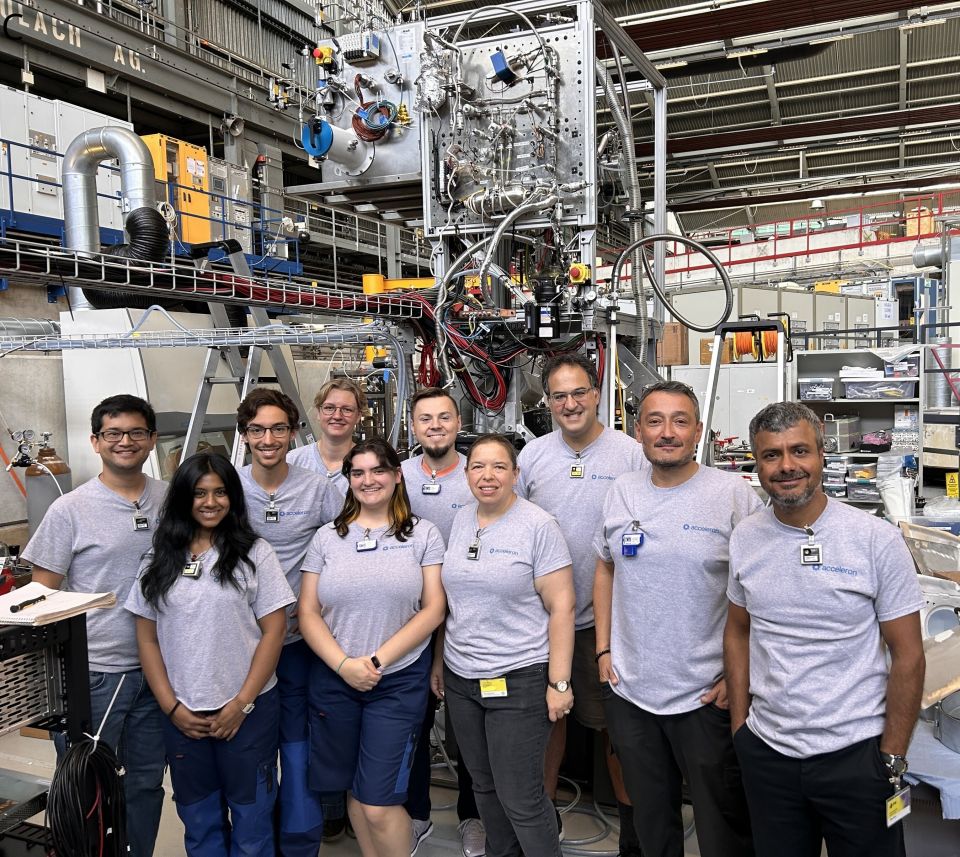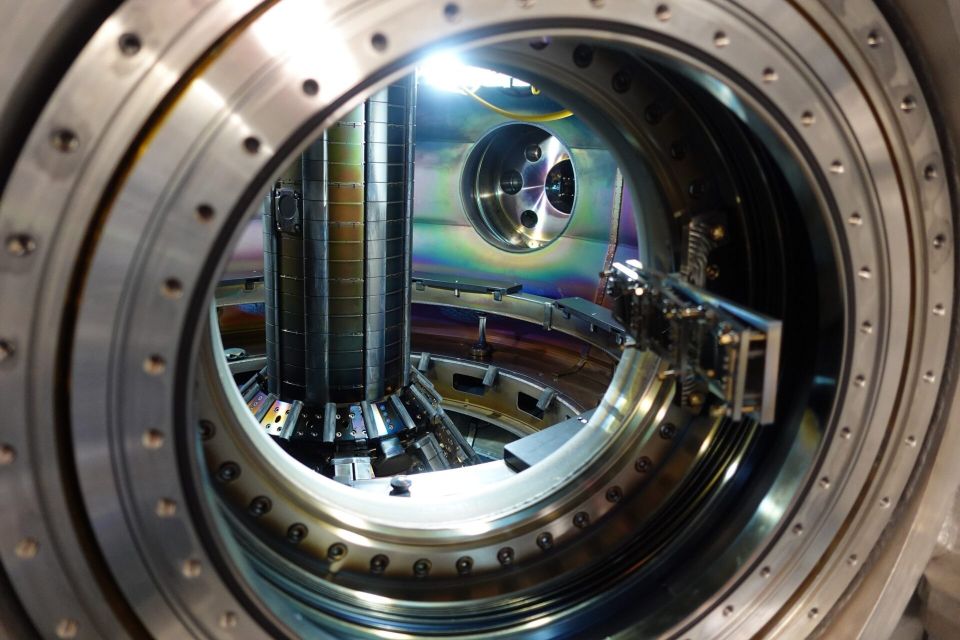Calculating gain: Pacific Fusion believes its demonstration system “will achieve 100-fold higher gain and be 10-fold less costly than the only fusion system so far to achieve ignition.”
That, of course, is a reference to the National Ignition Facility at Lawrence Livermore National Laboratory, which achieved ignition in December 2022. Pacific Fusion’s technical team includes some people who were involved in NIF’s record-setting shots.
The anticipated higher gains and lower costs would mean “a 1,000-fold leap in practical performance,” according to the company, which attributes efficiency gains to low implosion velocities, direct-drive pulser IFE (as opposed to laser IFE), and scalable pulser architecture.
Phased commitments: Phase I milestones due for completion by June 2025 were completed on November 30, Pacific Fusion announced, triggering the release of a next round of committed Series A capital.
Those milestones included the following:
- Building key pulser components to demonstration system specifications.
- Developing simulation capabilities that agree with experimental work and simulation work done at U.S. national laboratories.
- Showing through simulation that the targets built can support net facility gain for the demonstration system.
- Pacific Fusion’s Phase II milestones include building and demonstrating a functional first demonstration pulser module.
“The full-scale pulser consists of 156 identical modules, each assembled from mass-manufacturable components that help keep costs low. So, once we have built one module, building another 155 modules is a matter of execution,” according to Pacific Fusion’s latest press release.
Background: As previously described on Nuclear Newswire, Pacific Fusion was founded in 2023 and emerged from “stealth mode” in October 2024 with $900 million in committed funding from investors, a staff with NIF experience, and an August 2024 paper making the case for a pulsed magnetic fusion approach to fusion energy.
Pacific Fusion’s website explains the company’s commercial fusion concept in simple terms. It describes a system with three components: pulser modules, a small meter-scale fusion chamber, and centimeter-scale fuel containers. The pulser modules store electricity in capacitors and release it in pulses that speed through metallic pulse tubes toward the fusion chamber before imploding. The energy from multiple transmission lines is coupled into two electrodes, which drive current through the target and electromagnetically compress it to cause fusion.
Lab connections: The United States has the world’s most advanced pulser in the Z machine at Sandia National Laboratories. Pacific Fusion’s technical team believes combining pulser technology with impedance-matched Marx generator (IMG) technology demonstrated at LLNL in 2022 can deliver an intense, 100-nanosecond burst of energy by accounting for electromagnetic-wave propagation and “stacking waves,” as opposed to the “stacking voltage” approach of conventional pulser technology.
By delivering that energy to deuterium-tritium fuel capsules, as in inertial confinement fusion, but with the ability to “magnetically squeeze” the fuel, Pacific Fusion’s founders believe their approach can expand the range of pressure and confinement time conditions under which fusion can be achieved.
The company announced cooperative research and development agreements with Sandia Labs in December, and with LLNL in January.


